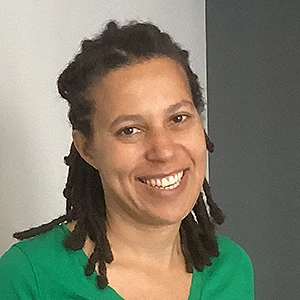
George Floyd
In the wake of the George Floyd murder by a Minneapolis police officer in 2020, some law enforcement agencies are making efforts to improve their responsiveness to the local community. This is the intriguing story of how public safety is being expanded in some venues to include not just police and fire services but also social workers and other professionals.

Sasha Pollock and Joe Cooper, crisis responders in Seattle
A surprisingly high number of emergency calls to police involve citizens who are troubled by mental health challenges. These can include people facing addiction, individuals who might harm themselves, street people needing social services and citizens with cognitive impairment, such as dementia. We’ll ride along with a team of unarmed “crisis responders”, a new form of public safety professional.
When you look at it there are certainly calls that only law enforcement can handle, and there’s certain calls that a mental health professional is much better equipped to deal with, and no law enforcement is really necessary.”
—Eric Barden, deputy police chief, Seattle, WA

Eric Barden, deputy police chief, and Amy Barden, CARE dept. chief, Seattle
We’ll hear the unusual story of a physician who is also a part-time police officer. We’ll also meet a couple at the center of this new approach to public safety in a major city — Eric Barden, the deputy police chief of Seattle and his wife Amy Barden, who leads the city’s new CARE department, which works in tandem with police.
You’ll also learn how law enforcement professionals are affected by their own high-stress jobs. One study showed that a fourth of police officers wrestle with mental health challenges, ranging from depression to PTSD. And we tour a 9-1-1 call center, where the staff fields nearly 900,000 emergency calls per year. What’s it like to be continuously on the receiving end of calls from people in crisis?

Jonathan Enriquez, MD and part-time police officer, metro-Kansas City

Pam Bolarinho, leads an agency that provides social workers to police in towns outside Boston

Spencer Cole, communications supervisor, Seattle 911 emergency center

Tara Moss, co-executive director, Purpose. Dignity. Action.
 Nonviolent communication [for law enforcement] includes an emphasis on empathy, compassion, respect, that each party is hearing each other.”
Nonviolent communication [for law enforcement] includes an emphasis on empathy, compassion, respect, that each party is hearing each other.”
— Carrie Pettus, social work scholar and founder,
Wellbeing & Equity Innovations














